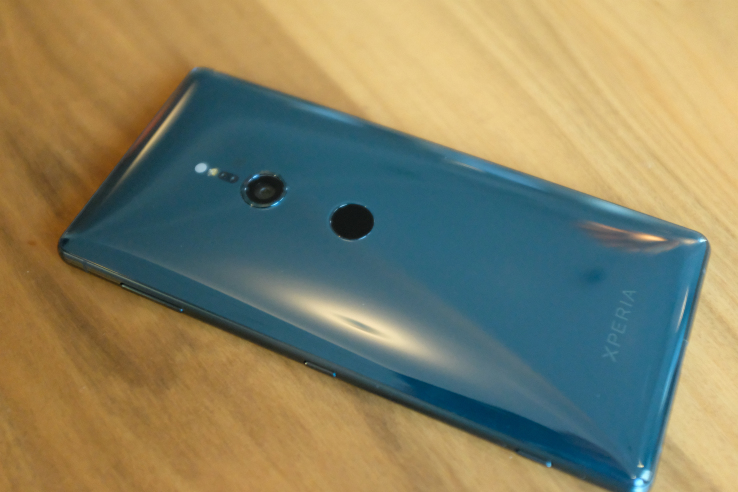
This morning’s Sony press conference was a real whirlwind. The company announced two new phones and the availability of its Xperia Ear Duo, still managed to wrap it all up in about an hour. All said, it was actually kind of refreshing to be in and out so quickly. There was a quick “one more thing,” however, as it teased a future camera technology aimed at shooting in ultra low light conditions.
The news appeared to be targeted at last night’s Samsung Galaxy S9 reveal as much as anything. And as Sony happily pointed out on stage, it beat Samsung to the punch with super slow motion, when it introduced 960FPS shooting with last year’s flagship. Of course, as anyone who follow the industry will happily point out, people don’t actually buy Xperia phones, really. So being first doesn’t really count for that much, beyond serving as a kind of proof of concept of what the company’s working on.
With that in mind, it’s almost as useful to tell just an audience of tech journalists that it’s working on a solution to low light shooting and feature a couple of demos at its booth. Of course, the new Xperia XZ2 has a couple of camera tricks of its own, including, most notably, 4K HDR video shooting. But those looking for a Sony handset that really tackles the problem of low light are going to have to wait.
Samsung, meanwhile, takes a promising step in that direction this week, with the dual aperture S9, which ports that technology over from the company’s recently released flip phone, of all places. Like Samsung’s offering, the new Sony device will sport dual lenses — a first for the company, in spite of its long-standing camera-first push.
Sony’s not revealing too much at the moment (after all, it has two other new phones for the show), but it promises the technology will be capable of some truly impressive low light shooting — a long time stumbling block for most handsets. The company says the new technology will be capable of capturing photos with an ISO up to 52,100 and video up to 12,800.
Low light has been something of a stumbling block for handsets — and, indeed both Samsung and ZTE have made a major selling point for their newly announced phones. After all, a large percentage of social media shots happen in poorly lit places like bars and restaurants. A really great low light solution will go a ways toward helping reduce noise and blur is less than ideal settings.
No word on when the tech will actually arrive on Sony’s handsets — or, for that matter, third party devices.


